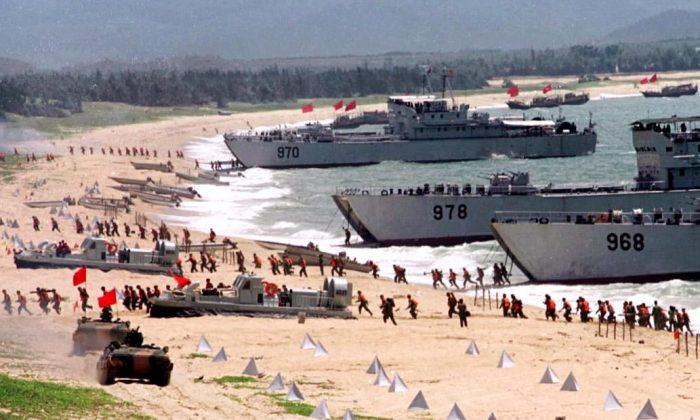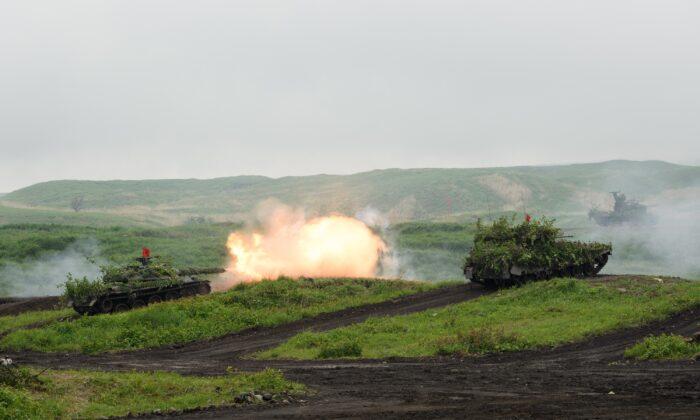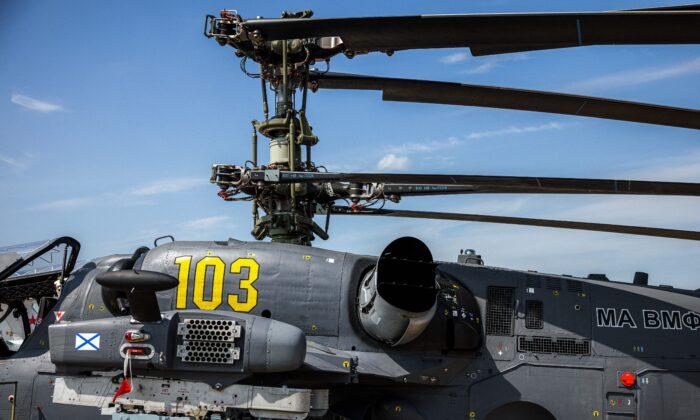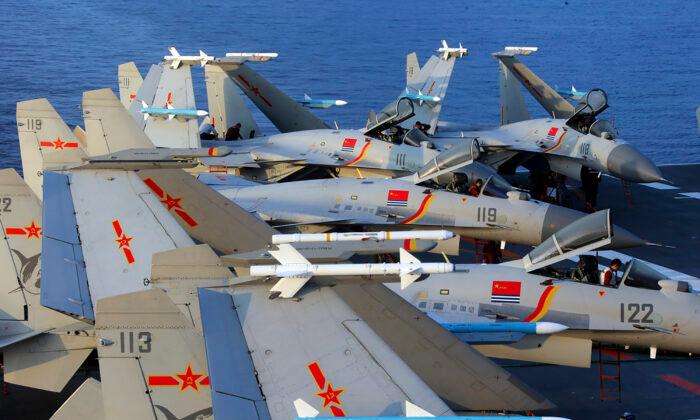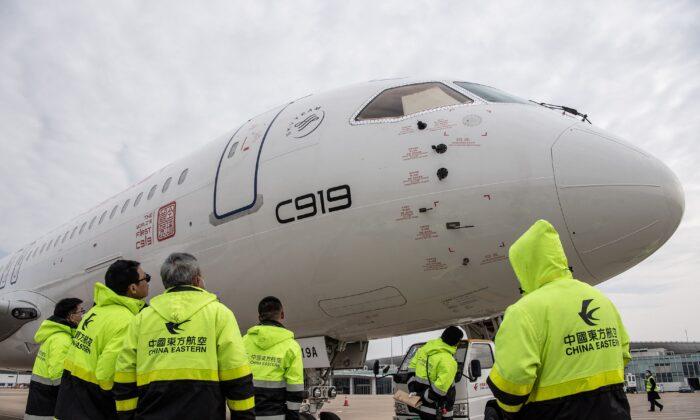Taiwan’s Ministry of National Defense (MND) dropped a bombshell last week when it presented an incredibly downbeat assessment of the growing Chinese threat toward the island state.
In its annual report to the parliament, the defense ministry stated that China’s People’s Liberation Army (PLA) could “paralyze” Taiwan’s defenses.
Saturation attacks with missiles could incapacitate command centers and military installations. Meanwhile, computer network attacks and fifth columnists of Chinese spies inside Taiwan could sabotage transportation, traffic systems, and public utilities, as well as “decapitate” the political leadership.
Finally, the MND report argues that China’s growing force of long-range missiles and an increasingly capable PLA Navy—operating three aircraft carriers by 2025—could be sufficient to prevent foreign militaries (that is, the United States and perhaps Japan) from intervening on Taiwan’s behalf.
Why such a gloomy forecast? Military leaders usually think like pessimists but talk like optimists, especially in public. They plan for worse-case scenarios but almost always expect to win.
This simply could be a good bureaucratic move on the part of the Taiwan military: scare the civilian leadership into coughing up more money for defense.
That’s a tricky play, however. It could just as easily backfire, by convincing too many people that defending against China is a hopeless task, so just give up and negotiate a settlement.
Nevertheless, it is past time for Taiwan to have a hard, serious look at its capabilities to deter China or, increasingly, be able to defeat an attack by the PLA.
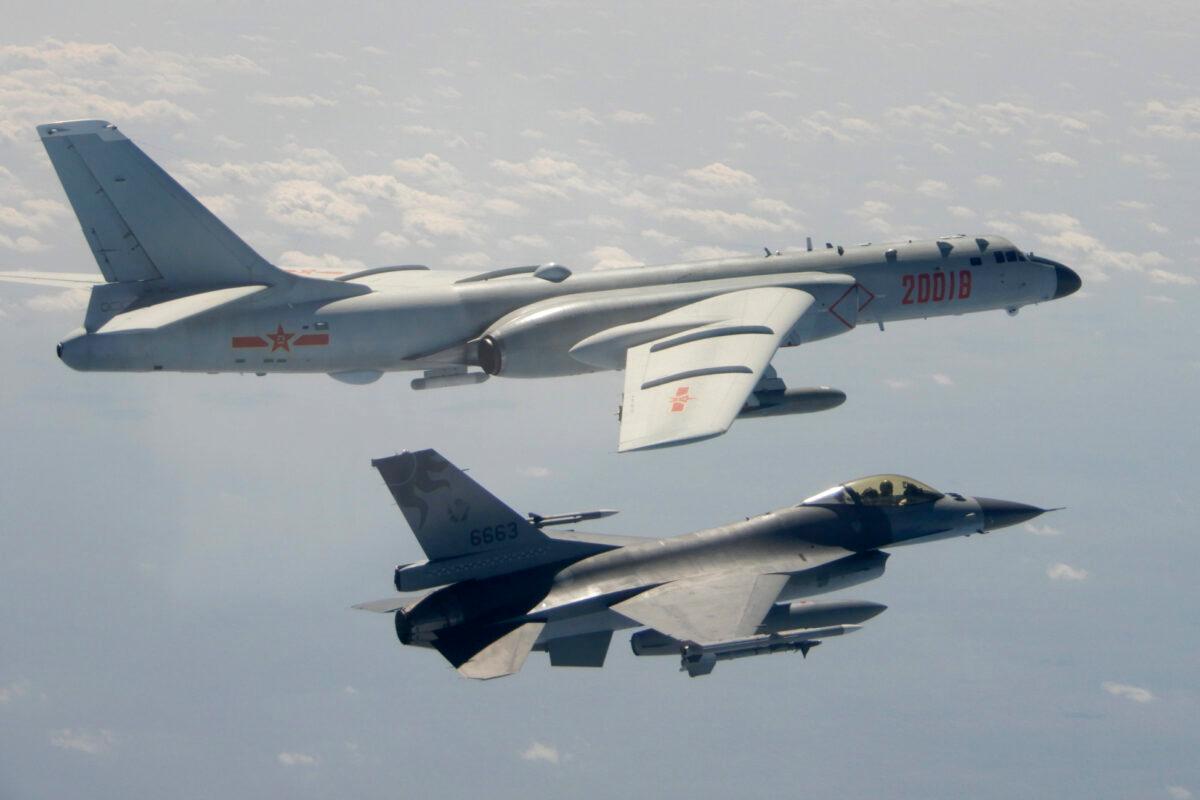
Take defense spending, for example. Roughly 25 years ago, Taiwanese military expenditures totaled around US$13 billion. Earlier this year, the Taiwan government approved a 2022 defense budget of US$16.9 billion.
Of course, one does not expect Taiwan to match China dollar-for-dollar when it comes to defense spending, but surely it can do better than a 30 percent increase spread over 25 years.
In addition, Taiwan has acquired a variety of stand-off smart munitions from the United States, as well as the Army Tactical Missile System (ATACMS) ballistic missile in mobile launchers.
Taiwan has also expanded its ground-based air defenses, hardened shelters for its fighter jets (or moved them to underground hangers or dispersed highway strips), and improved its capabilities for rapid runway repair and camouflage.
In fact, the MND report acknowledged that the PLA still lacked the capacity—particularly when it came to transport and logistics—to launch a full-scale invasion of Taiwan. Nevertheless, China is working to boost those capabilities.
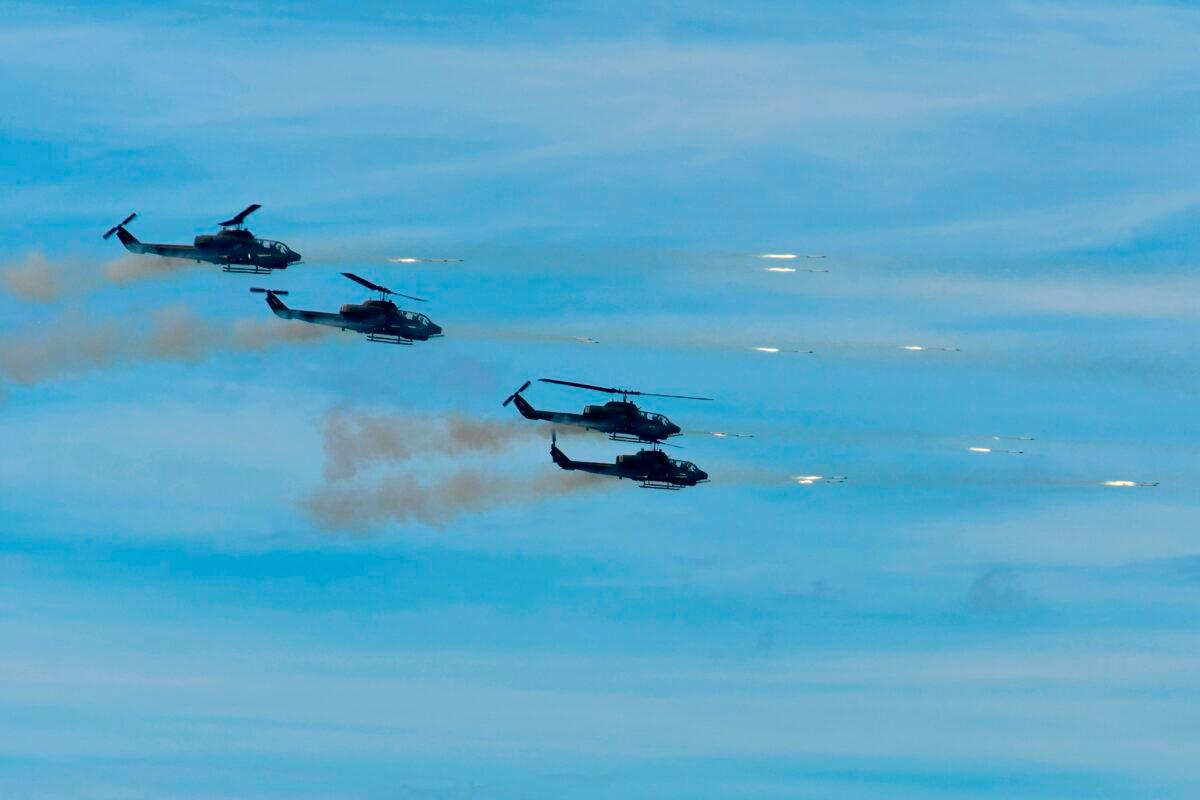
The questions remain, therefore. When will the Taiwanese public take the threat seriously? When will Taiwan start spending more on defense, and in the right places?
One of Taiwan’s first fixes should be to its ground forces. Admittedly, modern, high-tech warfare emphasizes navies and air forces over armies, as well as stand-off precision-strike with missiles and guided munitions. However, an island state like Taiwan still needs a respectable army for anti-invasion duties.
And while Taiwan says that it can count on 1.5 million reservists, Minnick notes that they train only five days every two years (if they are called up at all), “during which time they typically perform simple chores and not weapons training.” In fact, he argues, the reserves would be “cannon fodder” in wartime.
Secondly, Taiwan needs to make a long-term commitment to making significant annual increases (say, a minimum of 3 percent) in defense spending and to allocating funds to those areas where it could build up potent, asymmetric counters to the PLA. These include stealthy surface ships, carrier-killer missiles, sea mines, cyber weapons, and a variety of stand-off, long-range precision-strike weapons such as smart drones.
Going back to the MND report, therefore, pessimism is perhaps not unwarranted. Neither, however, is defeatism.
